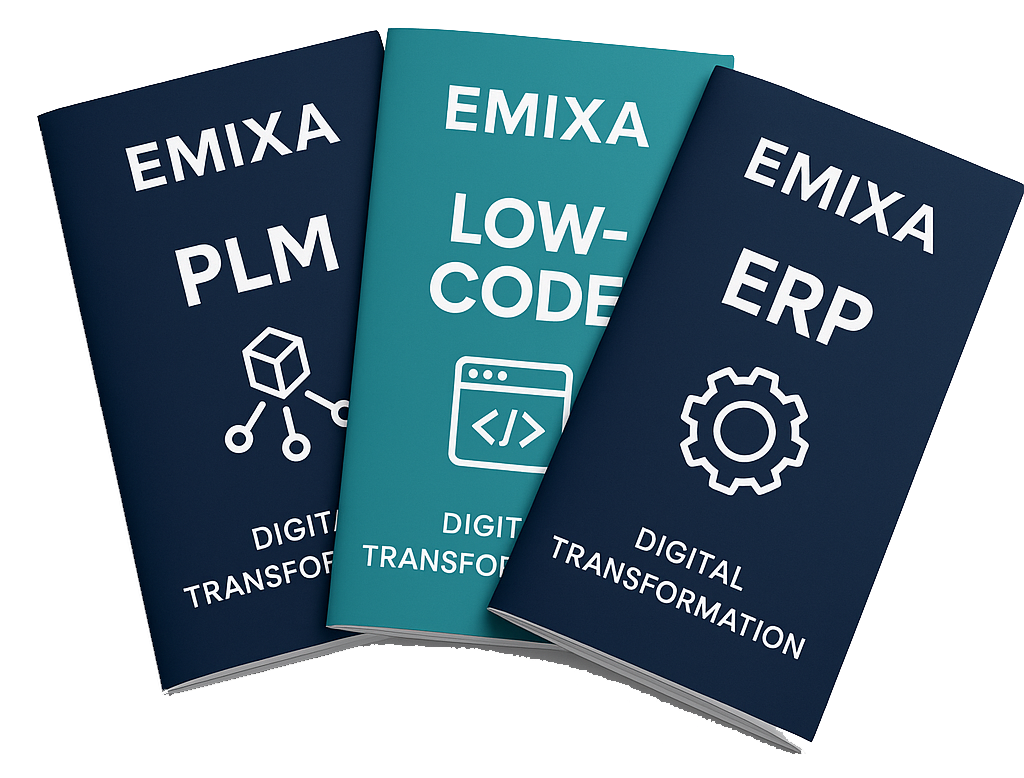
- Tecnomatix
Identifying Bottlenecks: Gaining Insights into the Production Process

Remaining competitive in a dynamic market, where customers demand fast, flexible responses at a competitive price, poses challenges for all manufacturing companies in the Netherlands. But the key to meeting these challenges lies in having insights into your production process, enabling you to rapidly adapt to new requirements. This raises the crucial question of pinpointing potential bottlenecks within your production.
Manufacturing companies face a tough road ahead. The industry is fraught with uncertainty, both in the supply chain and with customers. Internal pressure on costs is increasing, partly due to global competition. As a result, companies are increasingly tailoring their production strategy to consumer demand. Yet, given the rapid shifts in demand, production must be able to respond very quickly. With a growing need for product variation, companies are compelled to significantly reduce the time it takes to introduce a new variant.
Clear insights
The trends outlined here present a significant challenge for production companies. In practice, the recurring issue boils down to a lack of insight—understanding how existing lines and layouts operate and their potential for flexible use or adaptation to meet the demand for a new product variant.
This insight also emphasises the importance of visualisation. The demand for visual work, such as using 3D data, arises not only from the company itself to facilitate internal collaborations but also from customers and chain partners. The visual aspect has become a crucial element in communication and coordination between manufacturers and customers.
Despite the inherent complexity, production companies must maintain flexibility to stay competitive in the market. Meeting customer demand faster and cheaper has become imperative. However, it's evident that classic tools like Excel or Visio are no longer sufficient for providing clear insight and overview. Production processes have evolved beyond their capabilities, with too many variables involved.
These traditional tools have a significant drawback—they are built on basic assumptions due to technical limitations. Spreadsheets struggle to incorporate dynamic conditions like machine downtime and operator availability without high programming language skills. Meanwhile, management requires more detailed information than ever about the throughput of the new system.
Virtual validation
So, where does the solution lie? In one of our previous blogs, we highlighted the crucial role of seamless data exchange between engineering and production. Expanding on that concept, we are convinced that companies need to integrate digital tools into an increasing number of processes to effectively meet the demand for more product variations. These digital tools provide the capability to virtually validate production before implementing any changes.
Many companies lack precise awareness of the issues within their current processes. We employ a step-by-step plan to thoroughly assess the current situation. This approach enables us to quickly pinpoint areas for potential improvements in existing lines. Whether it's for new investments in AGVs, an additional machine, or a new production line, we prefer to be involved as early as possible in the process. This proactive engagement not only contributes to achieving the most optimal and efficient production but also prevents misguided investments.
Get in touch
Interested in understanding how we would streamline the production process in your organisation? Contact us, and we'll be happy to share more with you.
Author: Bart Stuve
Published date: August 26, 2025

Explore our Technology. Access our downloads center.
Access NowStart your Digital Transformation with Emixa

We help businesses transform their digital future with cutting-edge technology and strategic products & services


